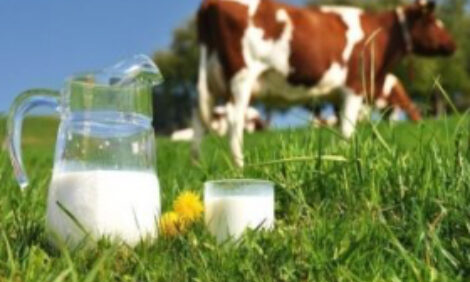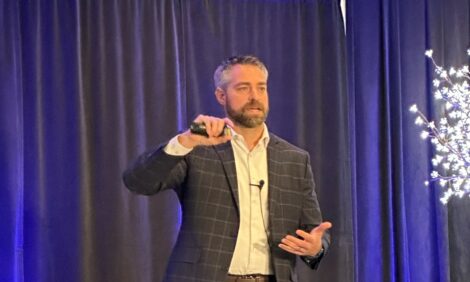



First Time Ever: New Zealand to Eradicate Mycoplasma bovis from Dairy Herds
It's never been done before. New Zealand has announced plans to try to eradicate Mycoplasma bovis (M. bovis) from its dairy herds.“The government made the official announcement that we're going to attempt to eradicate M. bovis, which is a first in the world. No one else has tried to do it," said Dr. Scott McDougall, a professor at Massey University and a research veterinarian with a private practice in New Zealand.
"It's certainly going to be a big challenge for us, and I guess you might ask, "Well, why would we want to try and eradicate it?" We really believe that the bacteria was introduced relatively recently, probably in the last couple of years in New Zealand. It appears to be restricted to a relatively small number of herds, so we're in a unique situation which allows us to find those herds and to remove those animals, to cull those animals, and as I say, hopefully to eradicate it."
No one in New Zealand is underestimating the size and scope of the challenge ahead. However, Dr. McDougall believes there's a once in a lifetime opportunity to eradicate M. bovis. If it's not eradicated now, the bacteria will move from cow-to-cow across the country within a year or two, and when that happens, there will be no chance of eradicating it.
"The decision was not made lightly; it's a major decision. It's a very large cost to the taxpayer and to the farming industries who are both contributing to the cost, but we believe it is technically feasible and with the support of the government, the dairy industry and the beef industry, it hopefully is achievable," he said. "It's going to take a number of years; it's not a quick fix, but the process is there, the systems are there, the infrastructure is there to allow us to do it."
Elsewhere in the world, M. bovis is an endemic disease, and most countries just live with it. So why did New Zealand take a stand against this disease?
"When you try and estimate what the cost of having [M. bovis] present in the population is, it's not insubstantial," Dr. McDougall said. "There is a proportion of herds that will introduce the bacteria, probably because they import an infected animal, and they'll get an outbreak."
An outbreak of M. bovis can be very severe with a high proportion of animals becoming infected along with a syndrome of multi-quarter mastitis that doesn't respond to therapy. Milk production drops and multi-joint lameness appears in the herd. In young stock, pneumonia and middle ear infections (tilting head) are symptoms commonly seen in calves.
"It's incurable and I think that's an important point to make. Once it's in there, really your options are pretty limited. You really have to cull those animals," he said.
In New Zealand, the dairy industry is open with a lot of animal movement.
"We have what's called the sharemilking system which allows someone who owns cows to bring cows to a farm and farm for two or three years and then move those cows," he explained. "If mycoplasma was endemic, there would be a lot of complications about moving cows or be a cost in trying to certify cows are free of infection. That would impede the ability of particularly young farmers to move their herds and to progress in the dairy industry."
The cost-benefit also does suggest that, at this stage, it is appropriate to try and eradicate, Dr. McDougall concluded.
For more information about cattle diagnostics, click here or connect to the Thermo Fisher Scientific Cattle Resource Center.




